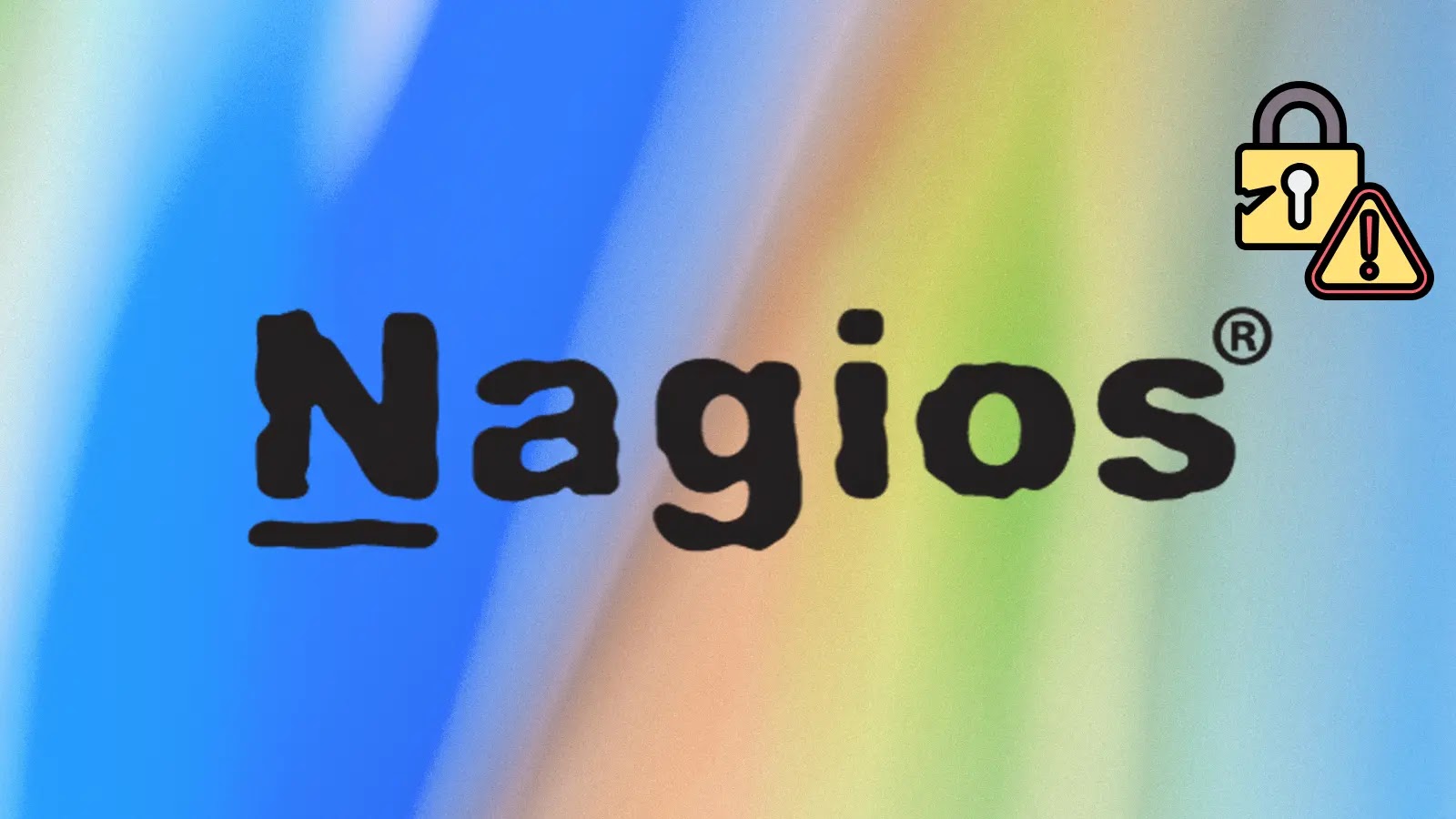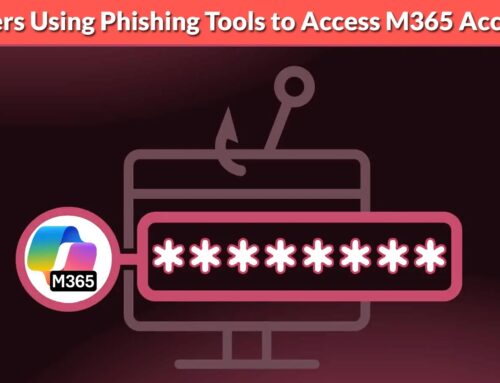
Nagios XSS Vulnerability Let Remote Attackers to Execute Arbitrary JavaScript
Network monitoring is the backbone of robust IT infrastructure, providing invaluable insights into system health and performance. However, the very tools designed to safeguard operations can, if vulnerable, become entry points for malicious actors. A recent discovery spotlights such a risk: a critical Cross-Site Scripting (XSS) vulnerability patched in Nagios XI, an extensively deployed network monitoring solution. This flaw allowed remote attackers to inject and execute arbitrary JavaScript within a user’s browser, posing a significant security threat.
Understanding the Nagios XI XSS Vulnerability
The vulnerability, identified as CVE-2024-5487 (assigned for this specific exploit), resided within Nagios XI’s “Graph Explorer” feature. XSS vulnerabilities occur when an application incorporates untrusted data into a web page without proper validation or encoding. In this scenario, a remote attacker could craft a malicious input that, when processed by Graph Explorer, would be rendered as executable JavaScript in the victim’s browser. This attack typically doesn’t directly compromise the Nagios server itself but targets the end-user interacting with the vulnerable feature.
Impact and Potential Exploitation Scenarios
The execution of arbitrary JavaScript within a user’s browser grants an attacker considerable power. The impact of such an XSS vulnerability can range from nuisance to severe data compromise. Here’s what potential exploitation could entail:
- Session Hijacking: An attacker could steal session cookies, allowing them to impersonate the legitimate user and gain unauthorized access to the Nagios XI interface with the victim’s privileges. This could lead to configuration changes, data exfiltration, or further attacks.
- Defacement: Malicious JavaScript could alter the appearance of the Nagios XI interface, potentially displaying misleading information or phishing attempts.
- Phishing/Malware Distribution: Attackers could redirect users to malicious websites or trick them into downloading malware, leveraging the trusted context of the Nagios XI application.
- Data Exfiltration: Sensitive information accessible to the logged-in user, such as configuration details, monitoring data, or credentials, could be extracted and sent to an attacker-controlled server.
- Further Exploitation: The XSS could be a stepping stone for more complex attacks, such as exploiting other vulnerabilities (e.g., CSRF) or launching attacks against other internal systems accessible from the compromised browser.
Technical Details and Discovery
The security flaw was responsibly disclosed by security researcher Marius Lihet. The precise mechanism involved in the XSS within Graph Explorer would typically relate to insufficient input sanitization or output encoding for parameters passed to or displayed within the graph rendering functions. When a user a legitimate user accessed a page with a specially crafted URL or interacted with a pre-configured malicious graph, the injected script would execute.
Remediation Actions
Nagios Enterprises swiftly addressed this critical vulnerability:
- Immediate Patching: The XSS vulnerability was patched in Nagios XI version 2024R2.1, released on August 12, 2025. All Nagios XI users are urged to update to this version or newer without delay.
- Verify Version: System administrators should immediately verify their Nagios XI version and initiate the update process if they are running an older, vulnerable release. Instructions for updating are typically available on the official Nagios documentation site.
- Web Application Firewall (WAF): Deploying or enhancing WAF rules can provide an additional layer of defense by filtering malicious input before it reaches the Nagios XI application. While not a substitute for patching, a WAF can help mitigate some XSS attempts.
- Principle of Least Privilege: Ensure that users have only the minimum necessary privileges within Nagios XI. This limits the potential damage even if an account is compromised via XSS.
- Regular Security Audits: Conduct periodic security audits and penetration testing of all critical applications, including network monitoring solutions, to proactively identify and remediate vulnerabilities.
Tools for Detection and Mitigation
| Tool Name | Purpose | Link |
|---|---|---|
| OWASP ZAP (Zed Attack Proxy) | Web application security scanner for identifying XSS and other vulnerabilities. | https://www.zaproxy.org/ |
| Burp Suite | Leading toolkit for web vulnerability testing, including XSS detection and exploitation. | https://portswigger.net/burp |
| Nessus | Vulnerability scanner that can detect known versions of software with XSS vulnerabilities. | https://www.tenable.com/products/nessus |
| Sucuri Website Firewall | Cloud-based WAF that can filter malicious XSS payloads. | https://sucuri.net/website-firewall/ |
Looking Forward: Proactive Security Measures
The Nagios XI XSS incident serves as a stark reminder that even widely trusted and essential tools require vigilant security. For IT professionals and cybersecurity teams, the takeaways are clear: prioritize timely patching, implement a defense-in-depth strategy, and foster a culture of continuous security assessment. Proactive monitoring of security advisories for all critical infrastructure components is paramount. Staying informed about the latest threats and applying the necessary updates is not merely a best practice; it’s an operational imperative in the dynamic landscape of cyber security.





